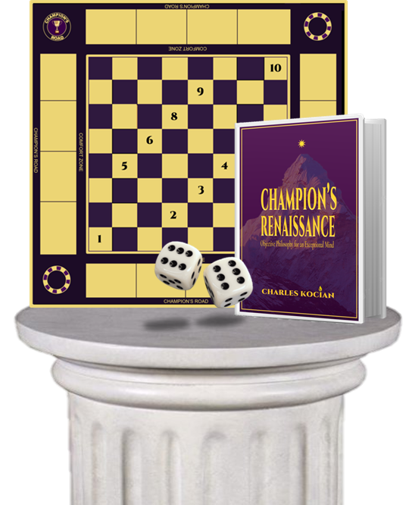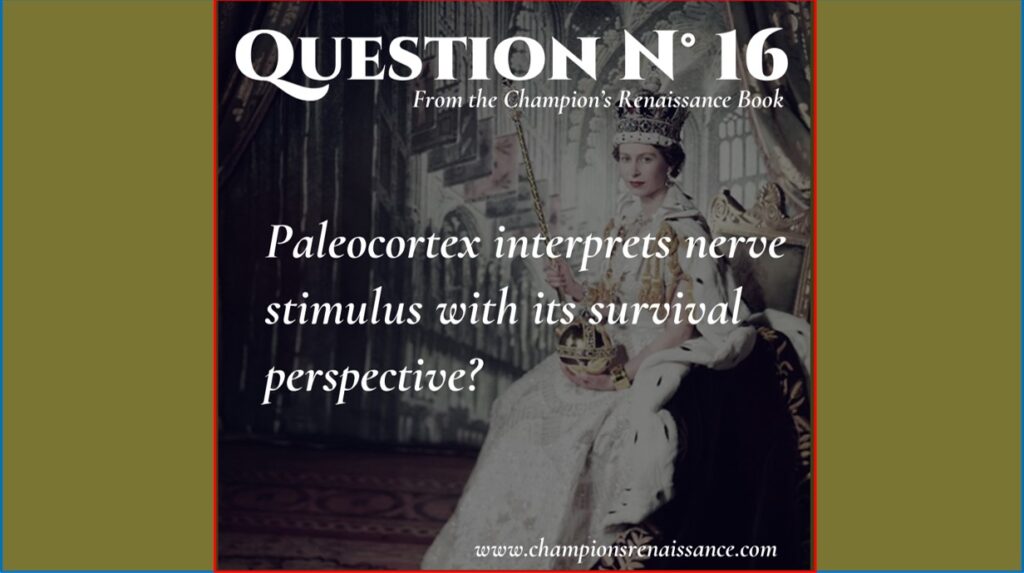
(Answer at the end).
PERSPECTIVE
By Charles Kocian
Queen Elizabeth II April 1926 – September 2022.
“The ceremonies you have seen today are ancient, and some of their origins are veiled in the mists of the past. But their spirit and their meaning shine through the ages never, perhaps, more brightly than now. I have in sincerity pledged myself to your service, as so many of you are pledged to mine. Throughout all my life and with all my heart I shall strive to be worthy of your trust.”
The Queen said that after her coronation in June 2 of 1953. Her rational integrity should inspire the world. Although she was born as a royal her personal rational decisions make her splendid.
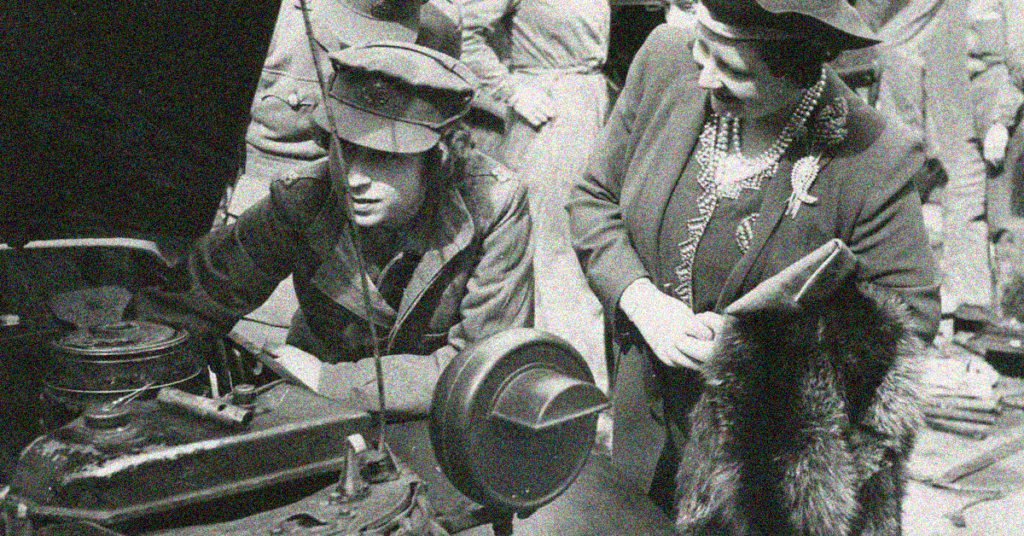
The Queen mechanic.
When World War II began, she was known as Princess Elizabeth and, when she turned 18, at her own insistence, she joined the Auxiliary Territorial Service (ATS), where she trained as a truck driver and mechanic.
Perhaps she applied the logic of mechanics into her role as Queen and that helped her to become an exceptional person of reason.
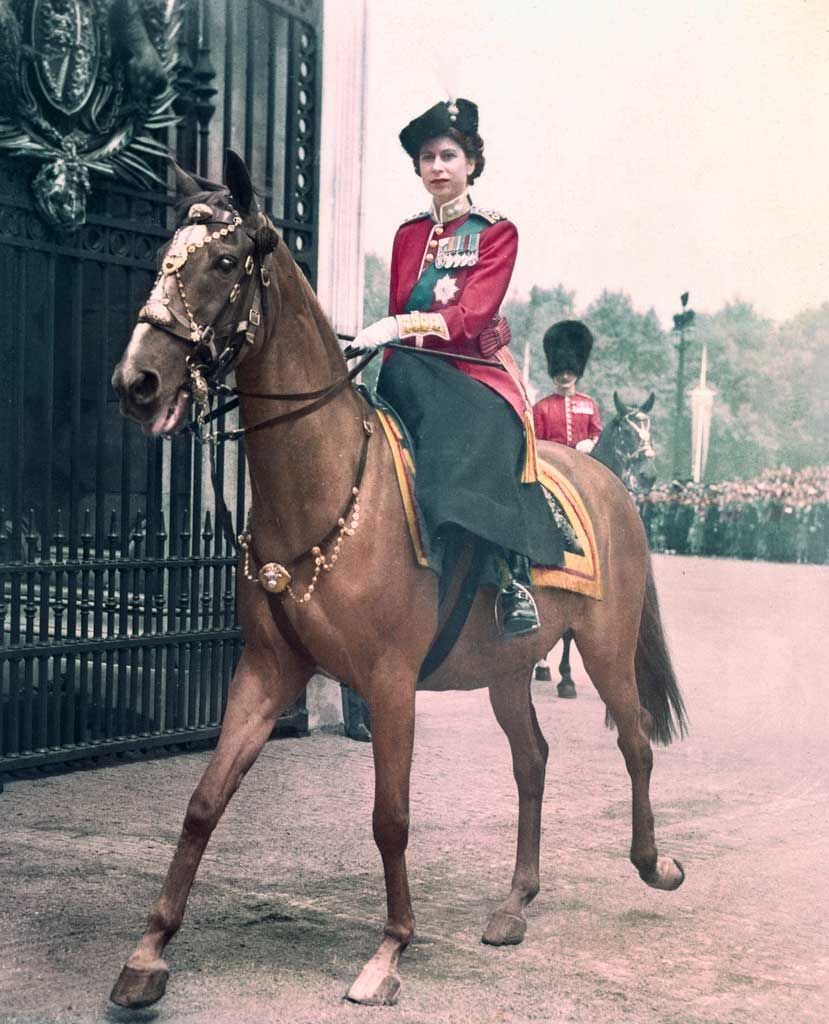
The Rider Queen.
It is said that reason is the rider and the emotions is the horse. The Queen’s reason commanded her emotions and that was always obvious. Queen Elizabeth II’s loved horses and that started early when at four was gifted her first pony by her grandfather, King George V.
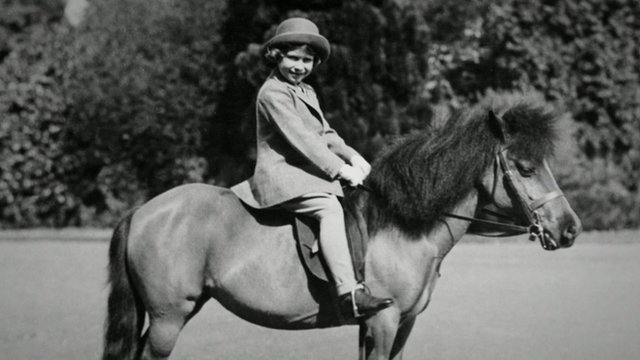
Princess Elizabeth and her Pony.
That gift marked the beginning of the Queen long love of one of the most majestic of animals: the horse. The subsequent ownership of multiple horses, two giant turtles, an elephant, two jaguars proved her majesty’s empathy towards living creatures, but specially horses. The horse, I repeat, is the emotion; the rider, reason. And Queen Elizabeth II was a wonderful human being who knew how to ride not only horses and the U.K. but her own emotions, and do it splendidly.
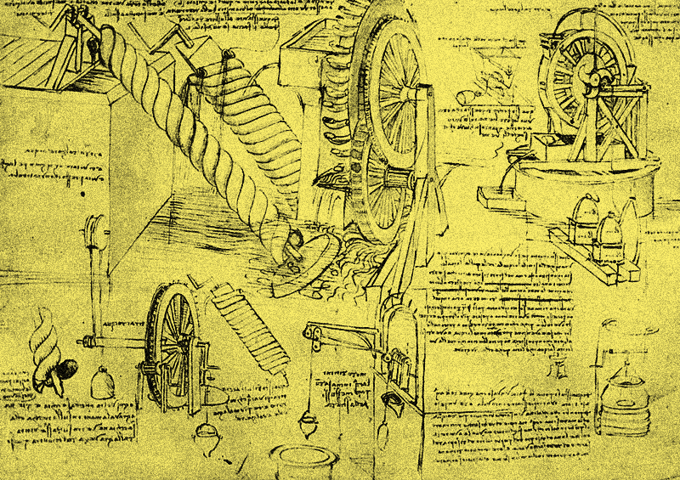
Leonardo Da Vinci notes.
Leonardo Da Vinci April 1452 – May 1519 was also a person of reason. Although he was not born a royal but as an illegitimate son of Ser Piero, a notary with a peasant girl called Caterina, his father took custody of him after his birth. He had no formal academic pedigree but Leonardo is considered as the great example of the Renaissance Man, that is, an individual of reason integrity, intense curiosity and creative imagination. The scope and depth of his interests were unprecedented. He was a painter, engineer, scientist, theorist, sculptor, and architect.
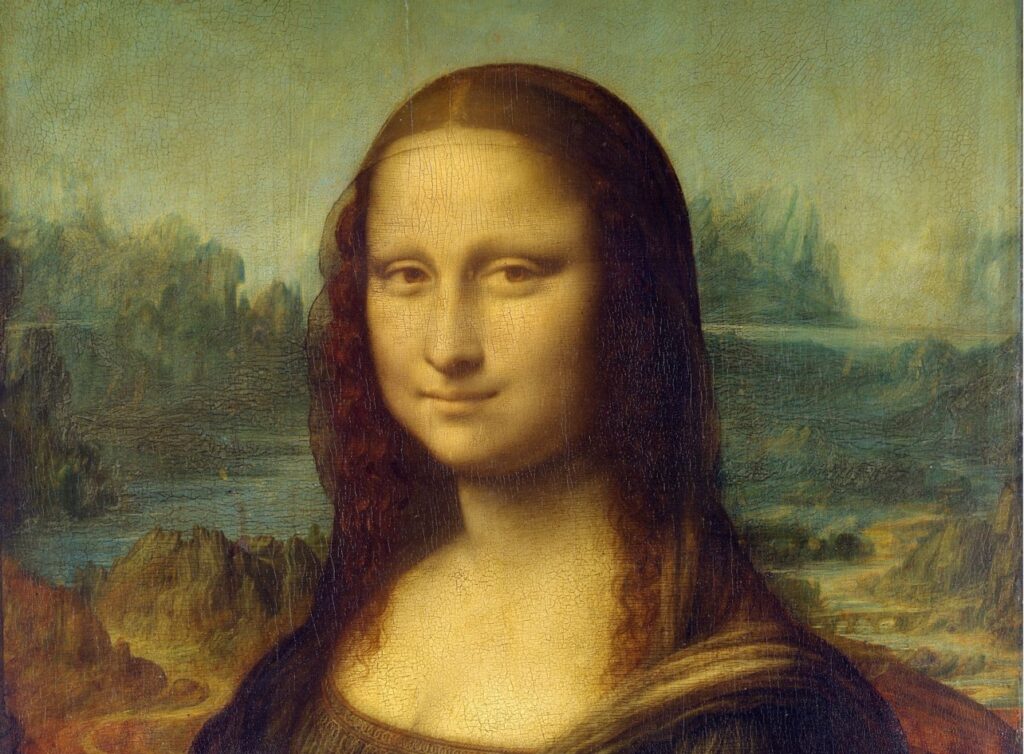
Gioconda by Leonardo da Vinci.
He is well known for his notes and drawings on anatomy, botany, astronomy, cartography, painting, and palaeontology. Growing up in his father’s Vinci home, Leonardo had access to scholarly texts owned by family and friends. He was also exposed to Vinci’s longstanding painting tradition, and when he was about 15 his father apprenticed him to the renowned workshop of Andrea del Verrochio in Florence.
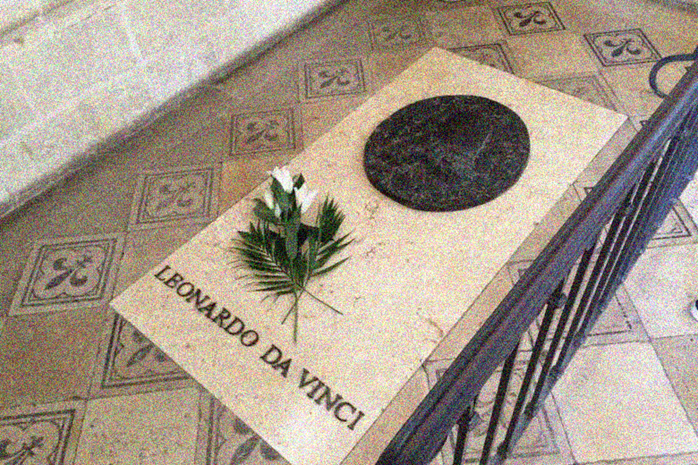
Leonardo’s tomb in the chapel of Saint Hubert, Amboise, France.
Da Vinci was beloved in his time to the extent that Francis I, the King of France, carried him away like a trophy. Francis I was a prodigious patron of the French Renaissance. He was surrounded by Italian artists, including Leonardo. He passed away on May 2 of 1519 and, it is said, he died in the arms of the King. Leonardo was buried at St. Florentine in Château d’Amboise on 12 August 1519.
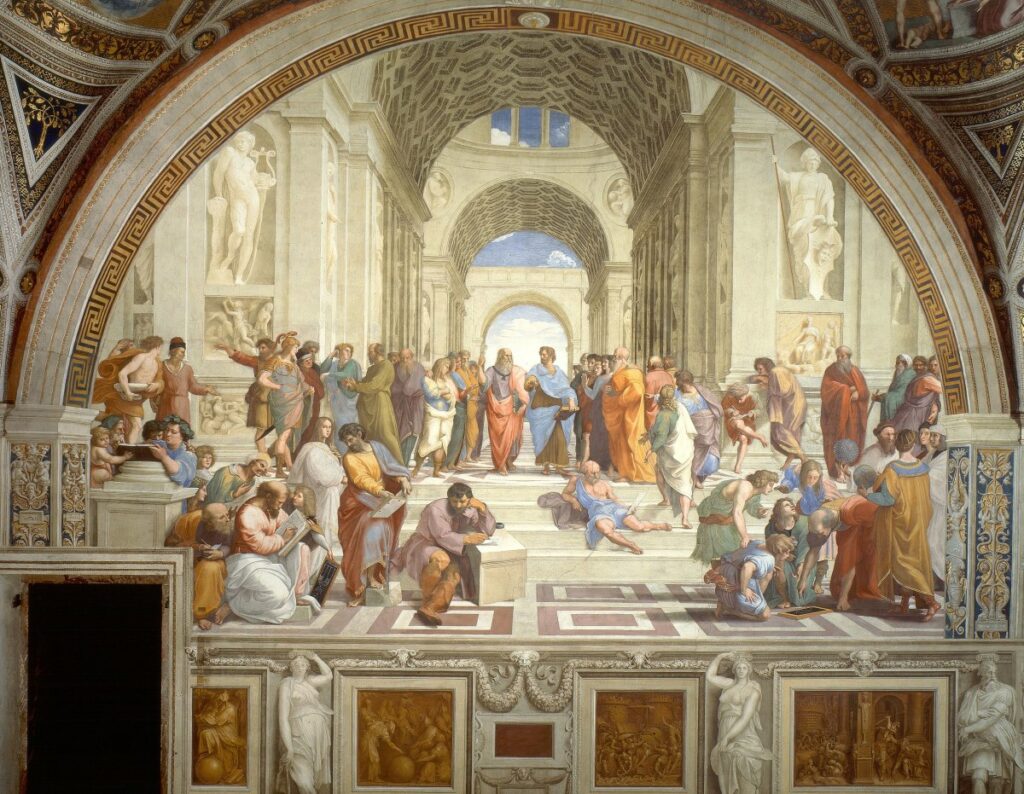
School of Athens. Plato and Aristotle at the center.
Aristotle 384–322 BC is the heavyweight champion of logic and reason of Ancient Greece. He was born in Stagira, Greece. Nicomachus, his father, was the personal physician to King Amyntas of Macedon. He learned about biology and medicine from his father who died when he was thirteen. Proxenus of Atarneus became his guardian and he probably spent some time within the Macedonian palace. When he was seventeen, he moved to Athens to study at Plato’s Academy.

Aristotle.
A Plato student in his beginnings he took distance from his master after some years. Particularly he didn’t agree Plato’s perspective of the existence of the world of Forms causing the material world. Aristotle founded the Peripatetic philosophy and Lyceum, where he used to teach walking to his students.
Aristotle’s writings cover many subjects including physics, biology, zoology, metaphysics, logic, ethics, aesthetics, poetry, theatre, music, rhetoric, psychology, linguistics, economics, politics, meteorology, geology, and government.
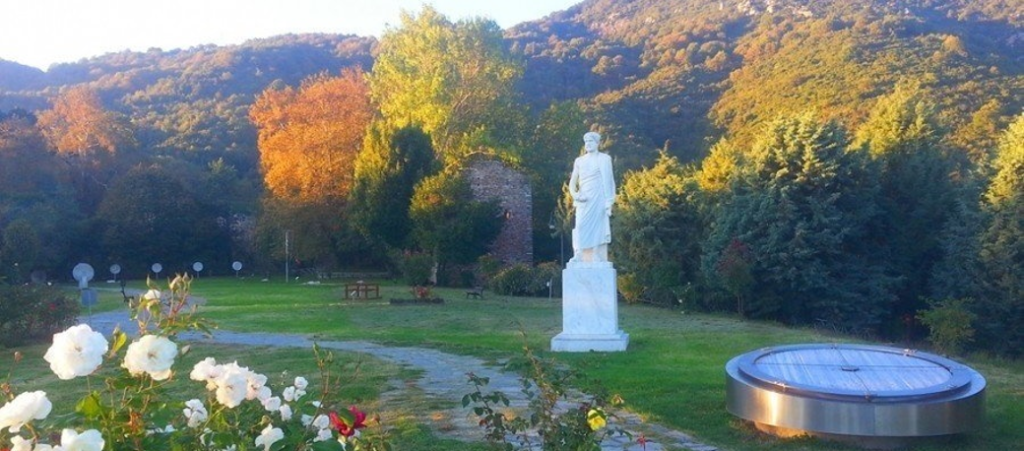
Aristotle’s park in Stagira.
Aristotle provided a complex synthesis of the various philosophies existing prior to him. It is considered to be the father of logic. It was above all from his teachings that the West inherited its intellectual lexicon, the scientific method as well as problems and methods of inquiry. As a result, his philosophy has exerted a unique influence on almost every form of knowledge in the West and it continues to be a subject of contemporary philosophical discussion. But above all he was the indirect founder of objective reason.

Aristotle teaching Alexander the Great.
Shortly after Plato died, Aristotle left Athens to Macedon tutoring Alexander the Great. He established a library in the Lyceum which helped him to produce many of his hundreds of books on papyrus scrolls none of it intended for publication. Only around a third of his original output has survived.
After the death of Alexander the Great in 323 B.C., anti-Macedonian sentiment forced Aristotle to flee to the island of Euboea where he died the following year.
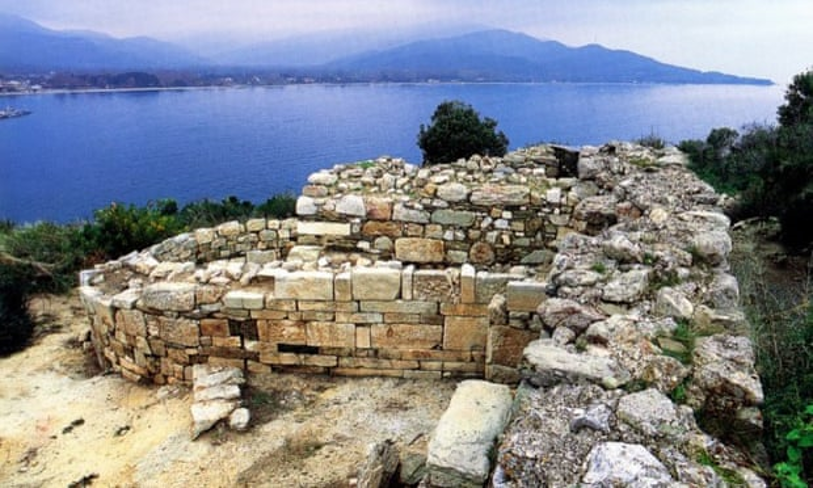
Aristotle’s grave in Northern Greece.
Recently it has been reportedly found his grave in the ancient city of Stagira, now Olympiada in Chalkidiki in Northern Greece.
CONCLUSION
Although Queen Elizabeth II, Leonardo Da Vinci and Aristotle lived in different epochs and had different roles in society, they had one thing in common: a rational perspective of the world. Men, are rational animals; great men, optimal rational animals. The final conclusion is he following:
To crown reason as Ruler of our minds, is a free choice; to crown reality as Ruler of our reason, is a free choice.
Now answer to question 16.
QUESTION N° 16
Paleocortex interprets nerve stimulus with its survival perspective.
a) True
b) False
The answer is: True.
Leave your comments here.
